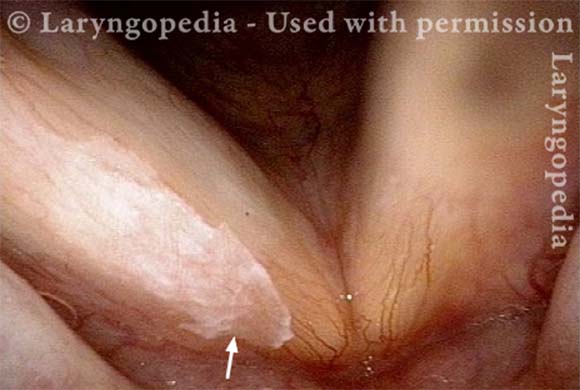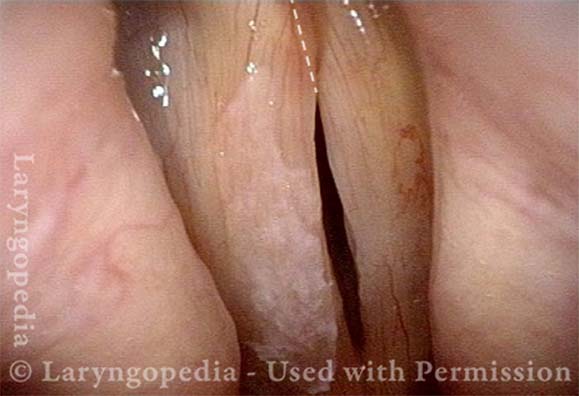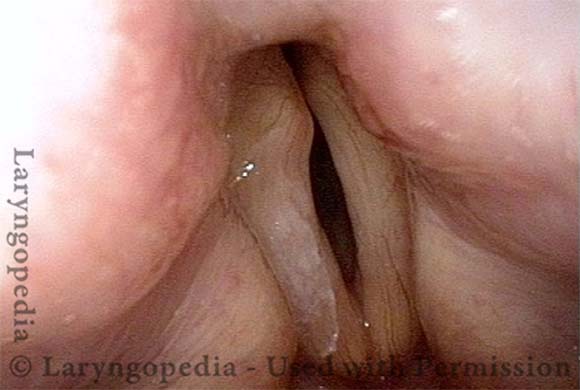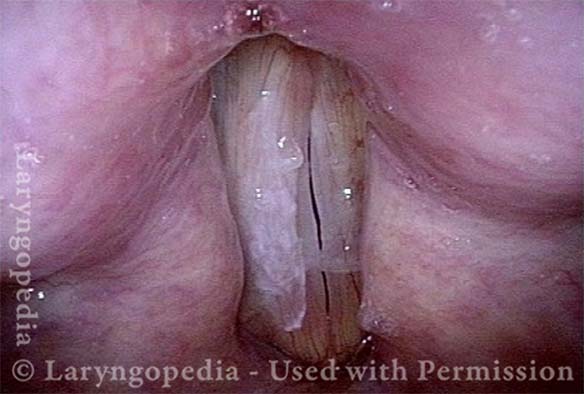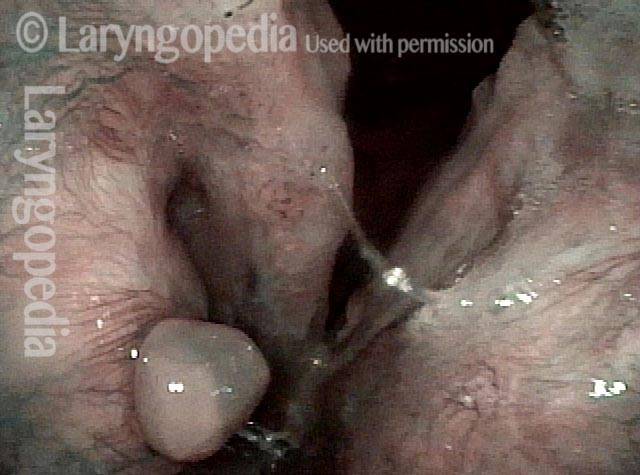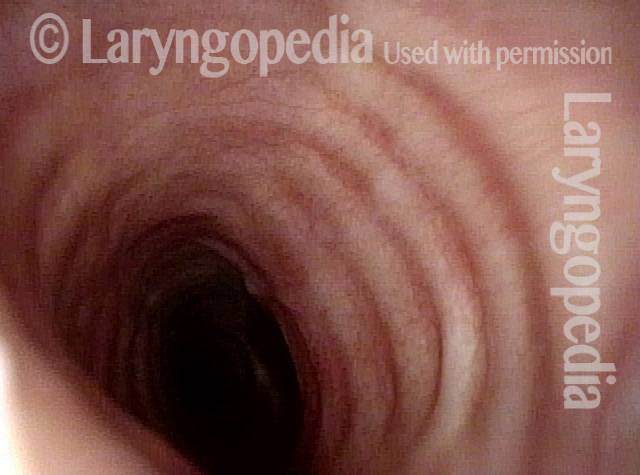The Red Herring Pitfall in Diagnosing Voice, Swallowing, Airway, Cough, and Burping Disorders
The Origin of the Term “Red Herring”
The phrase “red herring” originates from the use of hunting dogs in Scandinavia and England. In training mode, a fox pelt might be dragged through the forest to lay down the scent. When the dogs became proficient, the trainers would increase the difficulty. Smoked herrings, which turn a deep reddish color and emit a strong odor, might be dragged across the “scent trail” of the fox to distract and mislead the dogs.
Over time, this exercise taught dogs to stay focused on their intended quarry rather than being distracted by a false lead. The term evolved into a metaphor for any misleading clue or distraction that diverts attention from the truth, the main idea, or the subject.
Red Herrings in the Diagnostic Process and Protection Provided by the Integrative Diagnostic Model
By analogy, red herrings can distract clinicians trying to “follow the trail” leading to an accurate diagnosis.
To protect against this kind of potential error, the integrative diagnostic model (described elsewhere) excels.
This model ensures that patient history, the vocal capability battery, and an intense examination serve as a “three-legged stool” that stands firmly when each component is utilized fully. In integrating these three sources of information, each serves as a double-check against the other two.
Examples:
1) Red Herrings in the Patient History
A patient who suffers from respiratory allergies might attribute voice changes to that condition. The clinician may be protected from this “red herring” by learning additional information: the patient rates a “7 and 7” on the talkativeness and vocal loudness scales, is a kindergarten teacher, has three children under six at home, and an elderly parent with hearing loss.
Here, a careful history prevents the “red herring” of allergy from obscuring the true issue: vibratory injury of the vocal cords from overuse. Subsequent “swelling checks” in the vocal capability battery and high-quality examination further clarify the diagnosis by revealing the vocal phenomenology and visual findings of vocal nodules.
2) Red Herrings in the Vocal Capability Battery
A patient’s initially normal-sounding speaking voice may be a “red herring” that predisposes the clinician to assume normal function. Yet, during vocal capability elicitation, subtle but definite jittery instability on sustained phonation and rare “catches” at low pitch phonation may protect the clinician from this assumption when the actual diagnosis is mild spasmodic dysphonia.
Similarly, a patient who initially sounds like full-blown spasmodic dysphonia may report repeated episodes. Recognizing that spasmodic dysphonia is virtually always an unremitting chronic voice change (though variable in severity moment-to-moment) protects against a red herring. Further rapid-fire elicitation of varied vocal tasks may confirm that the voice disorder is actually non-organic or malingering.
3) Red Herrings in the Examination
The physical and endoscopic examination is another area where misleading findings can arise. Leukoplakia in a young singer may mislead the clinician toward a diagnosis of reflux. However, the patient’s absolute lack of reflux symptomatology (despite the possibility of “silent” reflux), non-response to aggressive reflux management, and, most importantly, findings of faint vascular stippling seen only under narrow-band light at close range, lead instead to a correct diagnosis: HPV 16 infection.
Often, “normal” is the red herring examination result. Without an intense examination, telltale findings of intubation injury may go unnoticed, or subtle paresis may be overlooked.
The Importance of Clinical Reasoning and Synthesis
Avoiding diagnostic red herrings requires synthesis. Clinicians must integrate patient history, vocal capability evaluation of vocal phenomenology, and intense, close-range, highly magnified examination. Remaining attuned to each of the three sources of information and ensuring coherence within and among them protects against premature conclusions based on red herrings.
Ideally, one clinician (physician or speech pathologist) will have mastered all three parts of the integrative model, since the integrative process is far more efficient within one brain, than between two. Less ideally, these components may be distributed between a physician and a speech pathologist.
Where the integrative diagnostic model is mastered, so-called "objective measures" serve only for documentation and possibly biofeedback, but not for diagnosis.
Leukoplakia as a Visual Red Herring
This middle-aged man came for evaluation and treatment of a “white lesion” that his doctors was seen elsewhere on a vocal cord, which they thought explained voice change. He had experienced that voice change suddenly a few months before (Red herring alert, as he was not a smoker, and white lesions do not usually appear and cause voice change abruptly).
Furthermore, his main vocal issue was not so much hoarseness, as a tendency for the voice to fade with use across the day. This is not the usual phenomenology of leukoplakia, which would be expected to produce the same voice from morning to night. As it turns out, the leukoplakia was incidental to his voice change, which was instead due to scissoring / overlap of one cord on the other and bowing/flaccidity—possible TA-only paresis of the right cord.
The Red Herring Lesion (1 of 4)
The Red Herring Lesion (1 of 4)
Bowing and scissoring (2 of 4)
Bowing and scissoring (2 of 4)
Strobe light, open phase of vibration (3 of 4)
Strobe light, open phase of vibration (3 of 4)
Closed phase of vibration (4 of 4)
Closed phase of vibration (4 of 4)
Pushing Past Red Herrings to Find the Real Issue
Obvious lesion not important (1 of 3)
Obvious lesion not important (1 of 3)
Granuloma (2 of 3)
Granuloma (2 of 3)
Carpet-varient papilloma (3 of 3)
Carpet-varient papilloma (3 of 3)
Red Herring Capillary Ectasia and Mucosal Injuries
Ectatic capillary (1 of 4)
Ectatic capillary (1 of 4)
Ectatic capillary, narrow band light (2 of 4)
Ectatic capillary, narrow band light (2 of 4)
Margin swelling (3 of 4)
Margin swelling (3 of 4)
Bowing, atrophy, and flaccidity (4 of 4)
Bowing, atrophy, and flaccidity (4 of 4)
Tracheal Stenosis Here Is A Red Herring; the Diagnosis Is Actually CPS
Tracheal stenosis? (1 of 4)
Tracheal stenosis? (1 of 4)
Narrowing at trachea (2 of 4)
Narrowing at trachea (2 of 4)
Closer view (3 of 4)
Closer view (3 of 4)
No significant change in breathing (4 of 4)
No significant change in breathing (4 of 4)
Share this article
